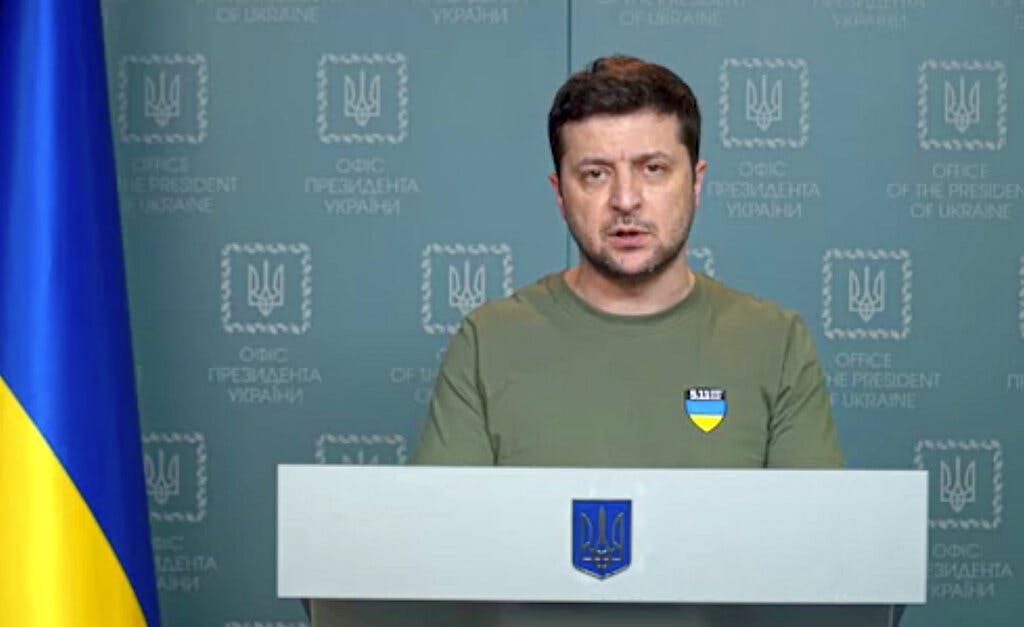Russia Attacks Ukraine Nuclear Plant, Sparking Blaze, as Invasion Advances
In an emotional speech in the middle of the night, Mr. Zelensky said he feared an explosion that would be ‘the end for everyone. The end for Europe. The evacuation of Europe.’

KIEV, Ukraine (AP) — Russian forces shelled Europe’s largest nuclear plant early Friday, sparking a fire as they pressed their attack on a crucial energy-producing Ukrainian city and gained ground in their bid to cut off the country from the sea.
The world’s leading nuclear authorities saw no immediate cause for alarm about damage to the facility, but the assault triggered a phone call between President Biden and Ukraine’s president, Volodymyr Zelensky, and America’s Department of Energy activated its nuclear incident response team as a precaution.
The attack on the eastern city of Enerhodar and its Zaporizhzhia nuclear plant unfolded as the invasion entered its second week and another round of talks between the two sides yielded a tentative agreement to set up safe corridors to evacuate citizens and deliver humanitarian aid.
Nuclear plant spokesman Andriy Tuz told Ukrainian television that shells were falling directly on the facility and had set fire to one of its six reactors. That reactor is under renovation and not operating, but there is nuclear fuel inside, he said.
Firefighters cannot get near the flames because they are being shot at, he said, and Ukraine’s foreign minister, Dmytro Kuleba, tweeted a plea to the Russians to stop the assault and allow fire teams inside.
“We demand that they stop the heavy weapons fire,” Mr. Tuz said in a video statement. “There is a real threat of nuclear danger in the biggest atomic energy station in Europe.”
The assault renewed fears that the invasion could result in damage to one of Ukraine’s 15 nuclear reactors and trigger another emergency like the 1986 Chernobyl accident, the world’s worst nuclear disaster, which happened about 65 miles north of the capital.
Energy Secretary Jennifer Granholm tweeted that the Zaporizhzhia plant’s reactors were protected by robust containment structures and were being safely shut down.
In an emotional speech in the middle of the night, Mr. Zelensky said he feared an explosion that would be “the end for everyone. The end for Europe. The evacuation of Europe.”
“Only urgent action by Europe can stop the Russian troops,” he said. “Do not allow the death of Europe from a catastrophe at a nuclear power station.”
But most experts saw nothing to indicate an impending disaster.
The International Atomic Energy Agency said the fire had not affected essential equipment and that Ukraine’s nuclear regulator reported no change in radiation levels. The American Nuclear Society concurred, saying that the latest radiation levels remained within natural background levels.
“The real threat to Ukrainian lives continues to be the violent invasion and bombing of their country,” the group said in a statement.
The plant’s reactor is a different type than the one used at Chernobyl, and there should be little risk if the containment vessel is not damaged and outside power can be restored, said an ex-senior director for arms control and nonproliferation at the National Security Council, Jon B. Wolfsthal.
“Everyone needs to take a step back and not jump to conclusions,” Mr. Wolfsthal, now a senior adviser at Global Zero, said on Twitter.
